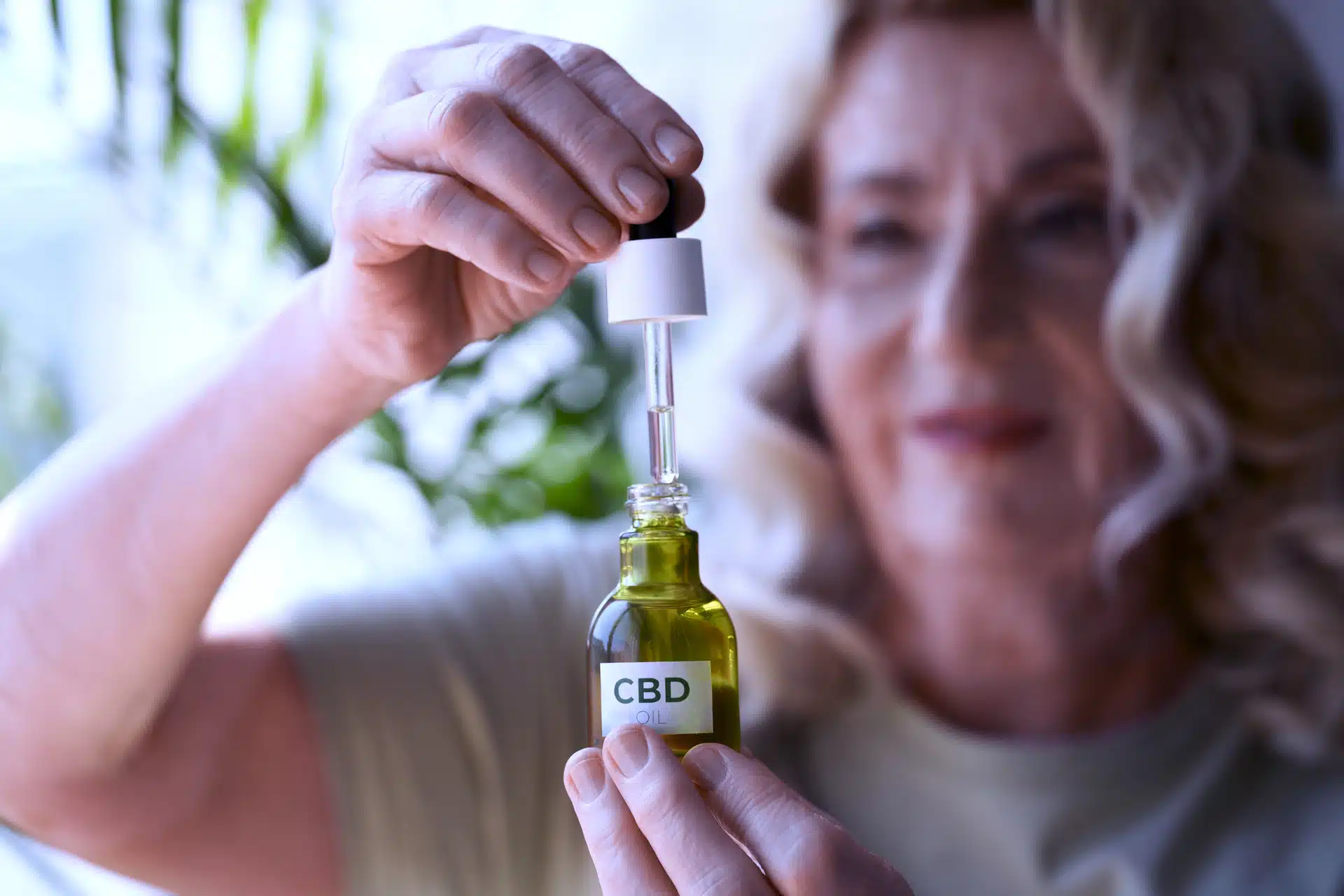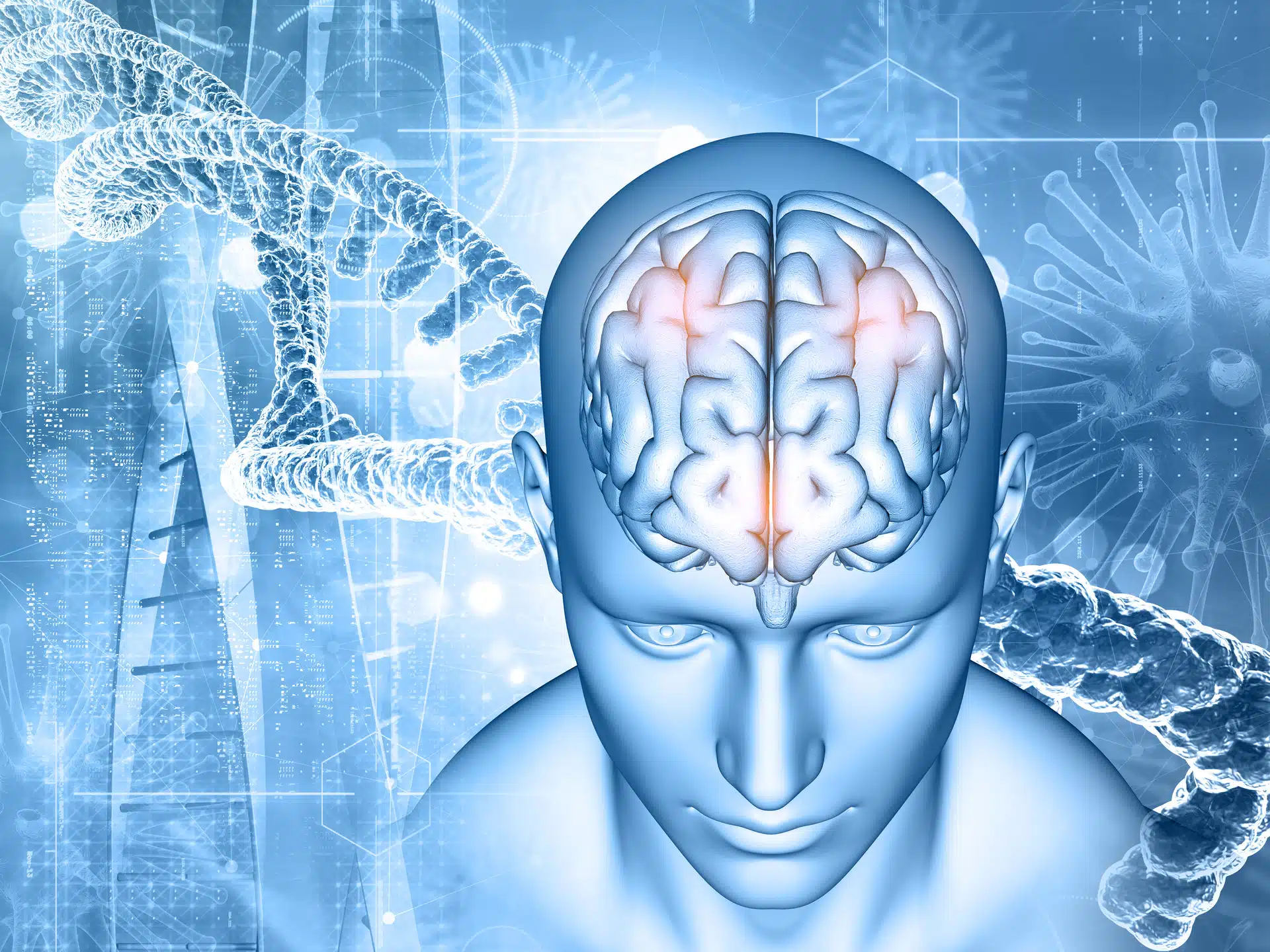Share
Body Dysmorphic Disorder and Medical Cannabis: Research Overview

Body dysmorphic disorder (BDD) is a condition characterized by an excessive preoccupation with a perceived defect in appearance that is either not observable to others or appears less significant than the person believes. Unlike typical concerns about appearance, BDD can lead to significant impairment in interpersonal relationships and occupational functioning. People with BDD may engage in avoidance behaviors to escape situations where their appearance might be scrutinized. Case reports even describe individuals becoming so distressed about their perceived flaws that they withdraw from work and social activities.
The most common areas of focus for BDD are the skin, hair, and nose, but any body part can be fixated on. People with BDD often experience low self-esteem and feelings of disgust or embarrassment. They may have a firm conviction that their perceived flaws are real, even if others cannot see them. Studies suggest that suicidal ideation is particularly high among individuals with BDD.
The prevalence of BDD is estimated to be between 1.7% and 2.4% worldwide, with an average age of onset around 16 years old. However, individuals as young as 13 can also be affected and represent the largest portion of those afflicted.
BDD is considered a multifactorial disorder, meaning that multiple biological, psychological, social and environmental factors are likely involved in its development. Brain structure differences (in volume and symmetry) have also been observed in some studies.
BDD is often unrecognized, untreated, and under-investigated, as such more research is needed to improve understanding of this condition.
Treatment for BDD often involves antidepressant medications to target core symptoms, suicidal ideation, and improve quality of life.
Symptoms of BDD that Cannabis Can Help Alleviate
To the best of our knowledge, there are no reports demonstrating the effect of medical cannabis on the alleviation of BDD symptoms. The reports relating to cannabis and BDD involve the recreational abuse of illicit drugs, namely cannabis.
Cannabinoids can have a role in self-esteem. The administration of Δ9-Tetrahydrocannabinol (THC) to anorexia nervosa patients improved self-reported body care, sense of ineffectiveness, asceticism, and depression (without changing the body mass index). The authors concluded that THC may be an effective component to treat psychological diseases. However, precautions should be taken due to the correlation between suicide and cannabis use. One report describes the increased use of medical cannabis and suicidal attempts. The authors of this study are concerned about the prescription of medical cannabis without reviewing medical, substance use, or psychiatric records.
The use of medical cannabinoids for BDD should be further studied and the risks and benefits of medical cannabis should be analyzed. Precautions should be taken since there are reports corelating the use of medical cannabis and suicidal attempts.

Clinical trials
Searching for body dysmorphic disorder AND cannabis did not return any clinical trial.
References
McCabe, M. P., & Ricciardelli, L. A. (2014). Sociocultural influences on body image and body changes among adolescent boys and girls. Journal of Psychosomatic Research, 76(1), 49-56. https://doi.org/10.1016/j.jpsychores.2014.11.006
Emond, A., & Lund, K. (2016). Risk factors for the development of emotional problems in a cohort of British children. Journal of Mental Health, 25(5), 423-429. https://doi.org/10.1016/j.jad.2015.11.049
Hsieh, S. Y. (2023). Social support and mental health: Exploring the moderating effects of perceived stress. Journal of Community and Applied Social Psychology, 33(2), 117-131. https://doi.org/10.1080/19585969.2023.2231466
Emilie Vangsgaard Rosager, Christian Møller, Magnus Sjögren (2020). Treatment studies with cannabinoids in anorexia nervosa: a systematic review. Eating and Weight Disorders – Studies on Anorexia, Bulimia and Obesity, 25(4), 855-863. https://doi.org/10.1007/s40519-020-00891-x



